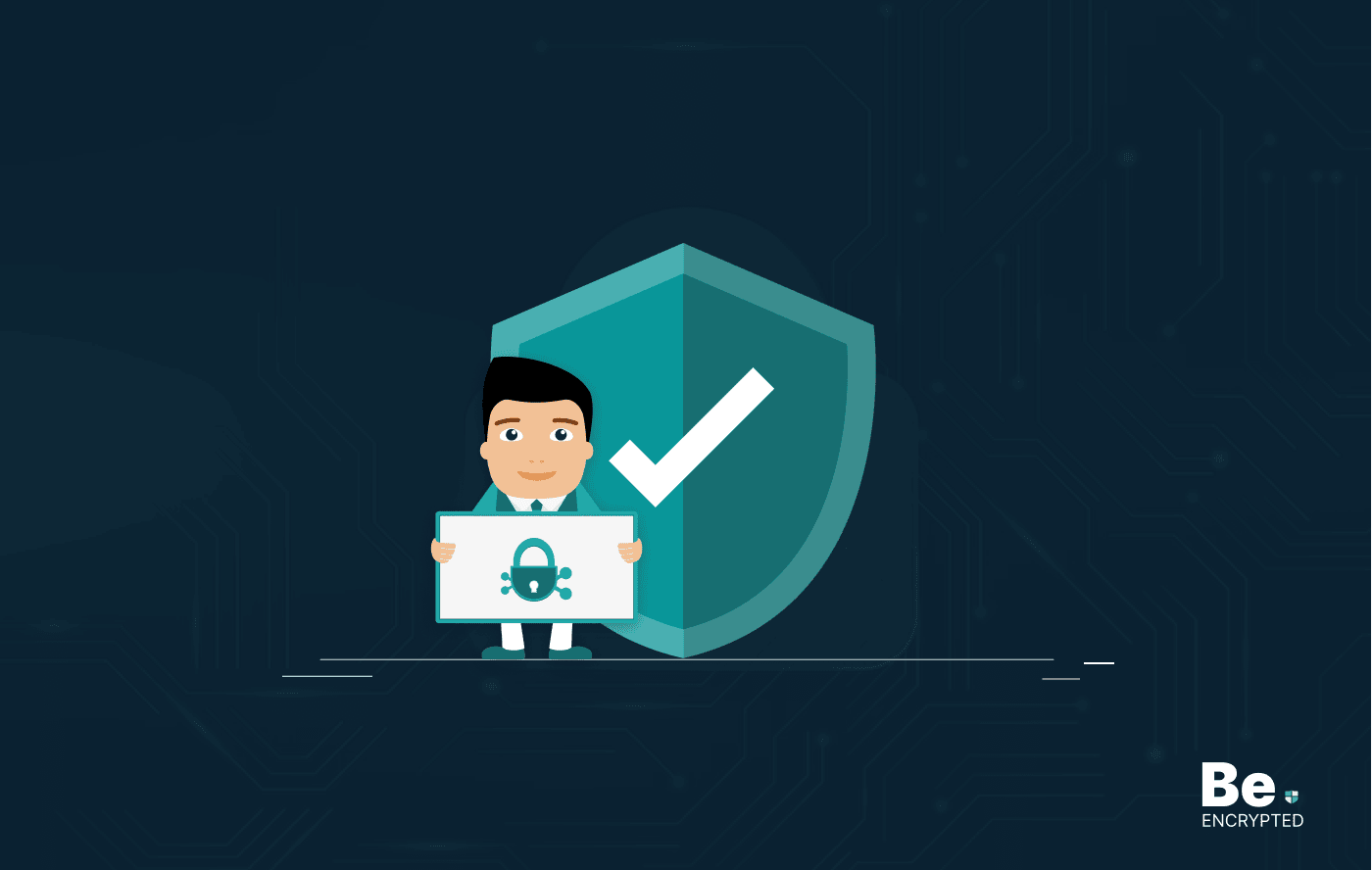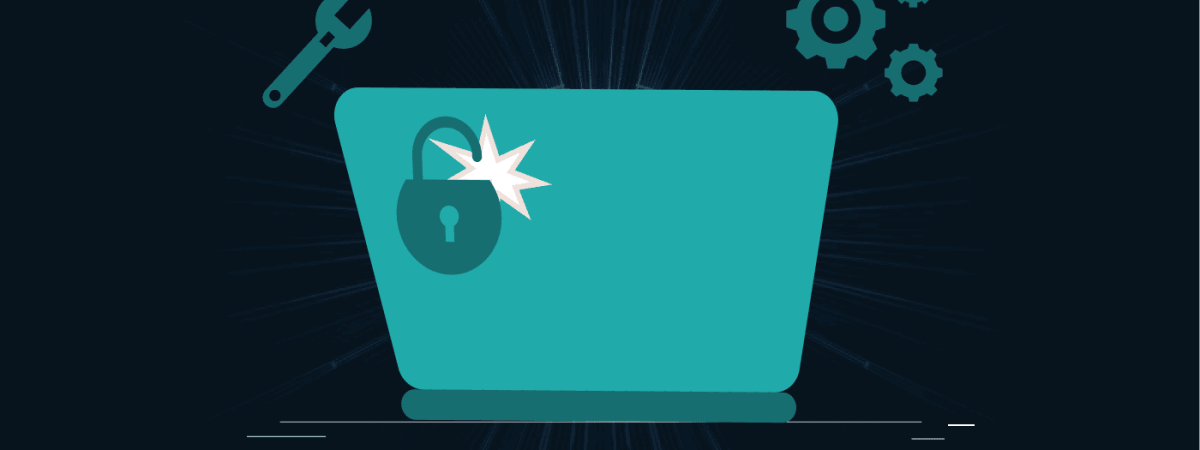Software deployment is facing various security risks amidst the advancements in the internet world. However, you can migitates these threats by following these practices:
Software deployment is the process of configuring, updating, and deploying software applications. It is typically integrated into the software development lifecycle as part of the continuous integration and delivery or deployment (CI/CD) pipeline.
Depending on your needs and resources, you can deploy software manually or automatically. When integrated into the CI/CD pipeline, manual deployment is typically part of the continuous delivery process, as the continuous deployment process fully automates this process and does not require human intervention.
Large software deployment rollouts typically involve minor releases to reduce the strain on the system and minimize user disruptions. They often require post-deployment support and help during the process. Vendors utilize software deployment to keep their software up-to-date, providing customers with security patches, performance fixes, and new features.
Why is security critical to software deployment?
Supply chain attacks target and attack insecure elements of the software supply chain. They can harm specific software products, organizations, or even industries. These attacks target software developers and software vendors to infect legitimate systems and applications, gain access to source code, build processes, and update mechanisms, and use these to distribute malware or other cyber threat vectors.
The software supply chain includes:
- Systems used in the development lifecycle, including build systems, development, and test environments.
- People and organizations involved in the process include consultants or freelancers, development service providers, partners who store or process data, and cloud services.
- Components included in a software project, including open source and third-party proprietary software.
Supply chain attackers look for insecure network protocols, server infrastructure, development tools, or coding practices. They penetrate these systems and typically modify source code or libraries to inject malware into the build and update process.
These apps and updates are signed and certified because a trusted vendor builds and releases the software. In attacks on the software supply chain, vendors may not be aware that their applications and updates have been infected with malware when they are released to the public. Malicious code can then run with the same trust and privileges as the application – making it difficult to detect and protect against.
Security risks facing software deployments
Supply chain attacks
Software applications often rely on dependencies for core functionality, which can represent a risk for organizations. Another risk is that complex CI/CD pipelines publish source code to repositories and deploy it.
This supply chain includes several parties, including organizations, individuals, resources, technologies, and activities related to the creation and sale of software products. Supply chain attacks target vulnerable actors in the supply chain and compromise other actors that rely on them.
Insecure code
A modern development lifecycle is designed for rapid development and delivery. To support this purpose, the CI/CD pipeline includes a growing number of open-source components and third-party integrations. However, rapid development without adequate security can introduce vulnerabilities and seriously risk your pipeline.
Vulnerabilities in CI/CD pipelines can result from poor third-party integration and a lack of source code scanning for code components. Failure to follow code security best practices can significantly increase the attack surface. Common code vulnerabilities include buffer overflows, code injection vulnerabilities, and insecure error handling.
Poisoned Pipeline Execution (PPE)
One recently discovered attack method hackers use against CI/CD pipelines is poisoned pipeline execution (PPE).
PPE uses code injection and execution cleverly to create a path into production systems. Attackers can execute malicious code during the build process by infecting the CI/CD pipeline and configuration.
In other words, this malicious code runs entirely in the context of entities identified as integral to the pipeline.
The most serious danger of PPE attack vectors is that they can quickly spread from simple product delivery mechanisms to attacks on broader supply chains, making them very difficult to contain.
Insecure system configuration
A CI/CD system includes many infrastructure, network, and application configurations. These configurations significantly impact the pipeline’s security posture and cyberattack vulnerability. This is why attackers actively look for potential CI/CD misconfigurations and exploitable vulnerabilities and can use them to compromise the pipeline.
Best security practices for software deployment
Below are the best security practices based on our research that you can follow for software deployment:
Use pen-testing
Automated testing can detect many security issues before release, but potential vulnerabilities may still go unnoticed. To minimize this risk, it is a good idea to allow human penetration testers to test your application. These ethical hackers try to break into applications, detect vulnerabilities, find potential attack vectors, and help protect systems from actual attacks.
A penetration tester is an outside expert who is not involved in the project so that they can see the system from the perspective of an external attacker.
Make security a part of all phases of your software supply chain
Adding security as the last step of the SDLC is widely understood to be inefficient. Security should be added at every step of the process. This is the only way to fully secure fast-paced, modern software development environments, especially microservices architectures and cloud-native deployments.
DevSecOps is a management approach that combines application development, security, operations, and infrastructure as code (IaaS) in an automated continuous delivery cycle.
The primary purpose of DevSecOps is to automate, monitor, and enforce security at all stages of the software lifecycle: planning, developing, building, testing, releasing, delivering, deploying, operating, and monitoring. Applying security at every stage of the software development process enables continuous integration, lowers compliance costs, and speeds up software delivery.
DevSecOps requires all employees and teams to be accountable for security from the start and make effective decisions that do not compromise security.
Use GitOps practices
GitOps is an essential way to secure Kubernetes-centric, cloud-native CI/CD. It provides rapid deployment with enhanced security.
According to many leading software developers and engineers, GitOps is a valuable set of practices for Kubernetes environments, especially when multiple users or teams share the resources of a single cluster.
GitOps uses Kubernetes features, like namespaces, to securely make resources available to multiple tenants. These practices maintain user isolation and reduce security and integrity risks, which is especially useful when multiple people or teams are making changes simultaneously.
Models like GitOps allow you to track and approve users’ changes before the final build. This is useful for managing app updates and rolling back to a previous version if an update fails.
Never use the default configurations
If you’re using an open-source platform like Kubernetes, it’s crucial not to use the default configuration. The default configuration focuses on commercial, operational, and functional success rather than security and will usually not provide a strong security posture.
For example, Kubernetes defaults do not have network segmentation policies for deployments, allowing any pod to communicate with any other pod. This default setting is ideal for developers who want to build applications quickly. Still, if a single container is infected in a production environment, this default setting can allow the threat to spread quickly.
Share this article
About the Author
Hasnain Khalid is a passionate streaming and security enthusiast, who has proved his expertise on renowned tech publishers. With a keen eye for online safety and a love for all strеaming matters, Hasnain combinеs his еxpеrtisе to navigatе thе digital world with confidеncе and providе valuablе insights to usеrs worldwidе.
More from Hasnain KhalidRelated Posts

19 Best Vulnerability Management Software or Tools in 2024
KEY TAKEAWAYS Vulnerability management tools scan and detect weaknesses within the network that hac...

How to Detect, Identify and Fix Packet Loss with Best Tools
KEY TAKEAWAYS Packet loss reduces the speed and amount of data that flows through the network. This ...

15 Best Network Security Software – Top Pick Of Organizations
KEY TAKEAWAYS Network security software keeps the data secure and blocks malicious or potentially vu...

15 Best Virtual Machine Software for Windows in 2024
KEY TAKEAWAYS Virtual machine software is a vital tool for developers to deploy VM software to test ...

Building Encryption into the Network Fabric with SASE
A network fabric is a mesh of connections between network devices such as access points, switches, a...

What is Incident Reponse? Best Incident Response Tools
Every organization nowadays uses the Internet. However, when you involve tech in your business, secu...


